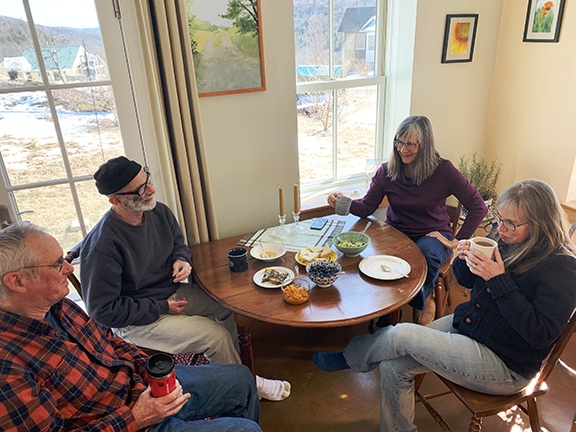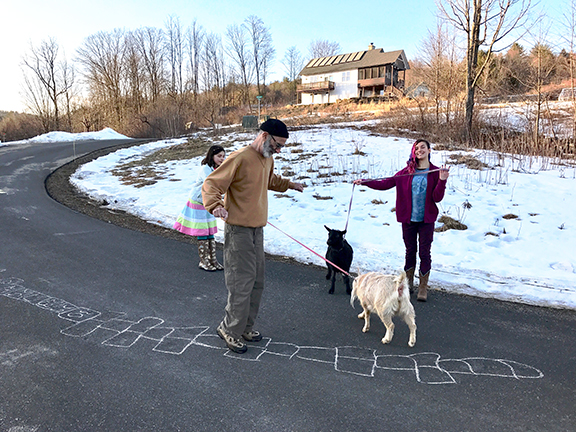*from “The Amish use tech differently than you think. We should emulate them.” by By Jeff Smith, The Washington Post, Feb. 17, 2020
It can often feel as if modern life does little to encourage healthy connections between people. The logistics of making a living and meeting core family needs combined with dispersion of extended families and housing geography can actively discourage connection.

Outside of religious institutions and close communities such as the Orthodox Jewish and the Amish, it can often feel like we’re on our own, awash in a sea of cultural signals that focus on competition, status and consumerism far more than the value of caring, healthy human interaction. A world that seems to care little if we flourish or fail.
This isn’t so everywhere: for example, in Denmark anthropologists and sociologists work on every major public works project to first understand how the project might affect the community where it is proposed to be built. If a new road would create a divide between a child and her grandparents that would be taken into account. If an office building design was not conducive to workers gathering and collaborating that would have to be considered.

How amazing to name such considerations as important and valid, not just a sideline or a “nice to have but we can’t afford it”. Instead, Danish society and its governmental structures are actually structured around valuing community. What a difference this attitude, writ large, can make.
In this vein, a recent Washington Post article* highlighted how the Amish put human connection at the forefront of all their decisions, particularly technology:
“When a church member asks to use a new technology, the families discuss the idea and vote to accept or reject. The conversation centers on how a device will strengthen or weaken relationships within the community and within families.…
One of the church members wanted to purchase a hay baler that promised to be more efficient, even as it enabled him to work alone. The members discussed the proposal — yes, the new machine might increase productivity, but how would community connections be affected if he began haying without the help of others, and what would happen if his neighbors adopted the same technology?
The risk to social cohesion, they decided, wasn’t worth the potential gains.
In another case, a family wanted to run propane gas pipes for lights to every room of their home instead of running them only to the kitchen and living room. (The Amish choose not to tap the electrical grid.) Church members discussed how the change would affect the family. If the family members could separate into bedrooms to read at night, instead of gathering in the living room, would their ties fray? Of course they would.
For the Amish, social media consists of paying visits in real life to other members of the community…People drop in on one another to chat…
For the Amish, social media consists of paying visits in real life to other members of the community…People drop in on one another to chat for the evening, they have regular potluck dinners, they gather for what the Amish call a “work bee,” as dozens of church members pitch in on a construction project.”
Like the Amish, co-housing communities value connection and build opportunities for connection into our physical layouts as well as into our social structures.

Our pathways, roads and houses are arranged to not just allow but promote casual interactions as we go about our daily lives – getting the mail, feeding the chickens, weeding the garden. Potlucks, coffee klatches and work bees are a standard and cherished part of the way we live our lives.
There’s a reason people have been connecting like this for eons: it’s good for us.